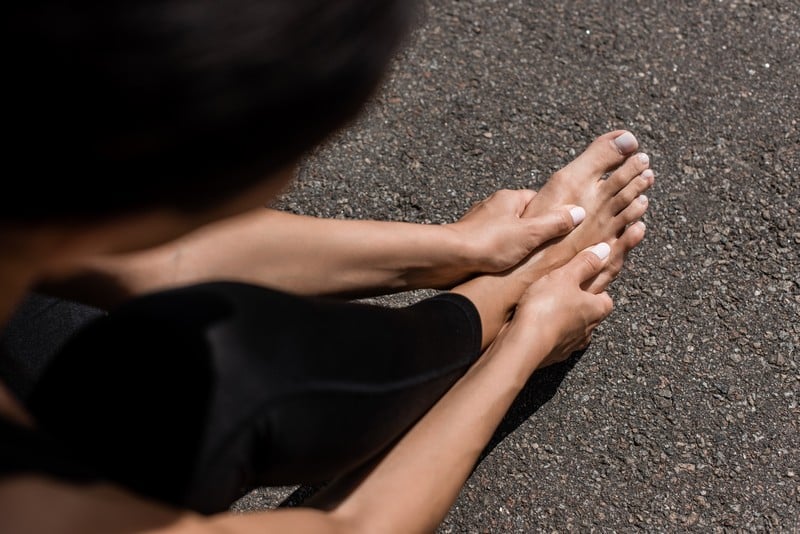Athlete’s Foot

A bacterial or fungal infection affecting your toes is also a potential cause of dyshidrotic eczema, with athlete’s foot being one of the most common conditions. An athlete’s foot is a fungal infection, usually a combination of sweaty feet, constrictive footwear, and strenuous exercise. As athletes have a habit of wearing tight footwear to ensure precise movements during sporting events, the condition is aptly named as athletes are the most common sufferers of athlete’s foot. The symptoms of athlete’s foot are relatively similar to dyshidrosis, such as the itchiness between the toes and the scaly, irritated skin. However, a case of athlete’s foot does not have blisters — at least not yet.
Depending on how you handle the fungal infection, it could turn into something worse. It’s best to treat an athlete’s foot as soon as you can, as you could potentially avoid other skin conditions. Once blisters start appearing alongside the symptoms of the fungal infection, you’ve likely caught dyshidrotic eczema alongside the fungal infection. It will take much longer to heal the combination of skin conditions.










